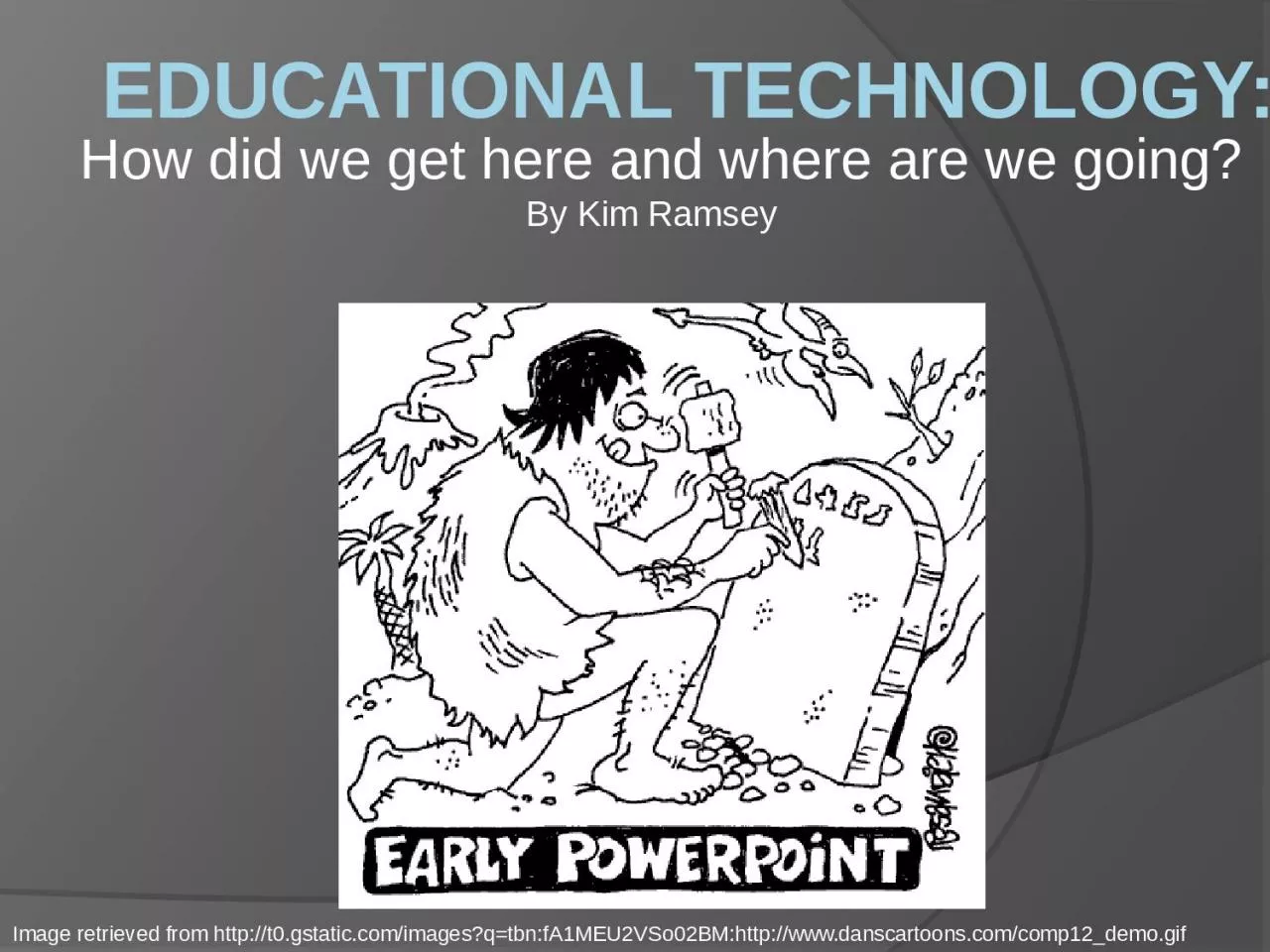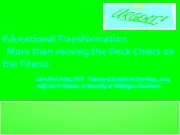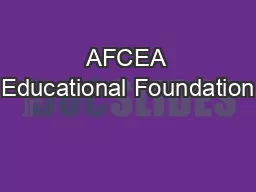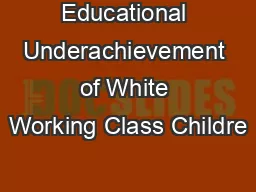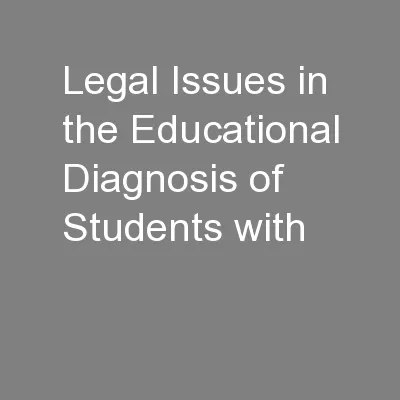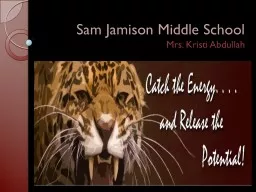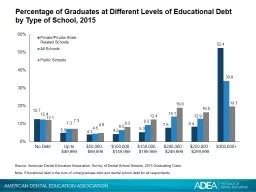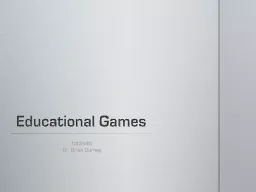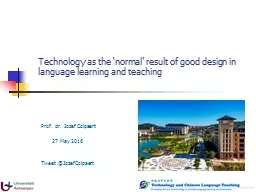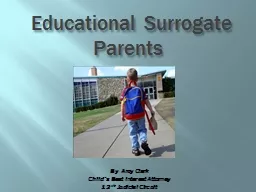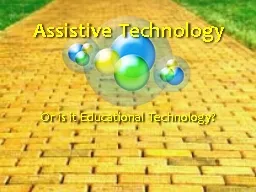PPT-Educational Technology:
Author : eatsyouc | Published Date : 2020-08-29
By Kim Ramsey How did we get here and where are we going Image retrieved from http t0gstaticcomimagesqtbnfA1MEU2VSo02BMhttpwwwdanscartoonscomcomp12demogif The Past
Presentation Embed Code
Download Presentation
Download Presentation The PPT/PDF document "Educational Technology:" is the property of its rightful owner. Permission is granted to download and print the materials on this website for personal, non-commercial use only, and to display it on your personal computer provided you do not modify the materials and that you retain all copyright notices contained in the materials. By downloading content from our website, you accept the terms of this agreement.
Educational Technology:: Transcript
Download Rules Of Document
"Educational Technology:"The content belongs to its owner. You may download and print it for personal use, without modification, and keep all copyright notices. By downloading, you agree to these terms.
Related Documents

